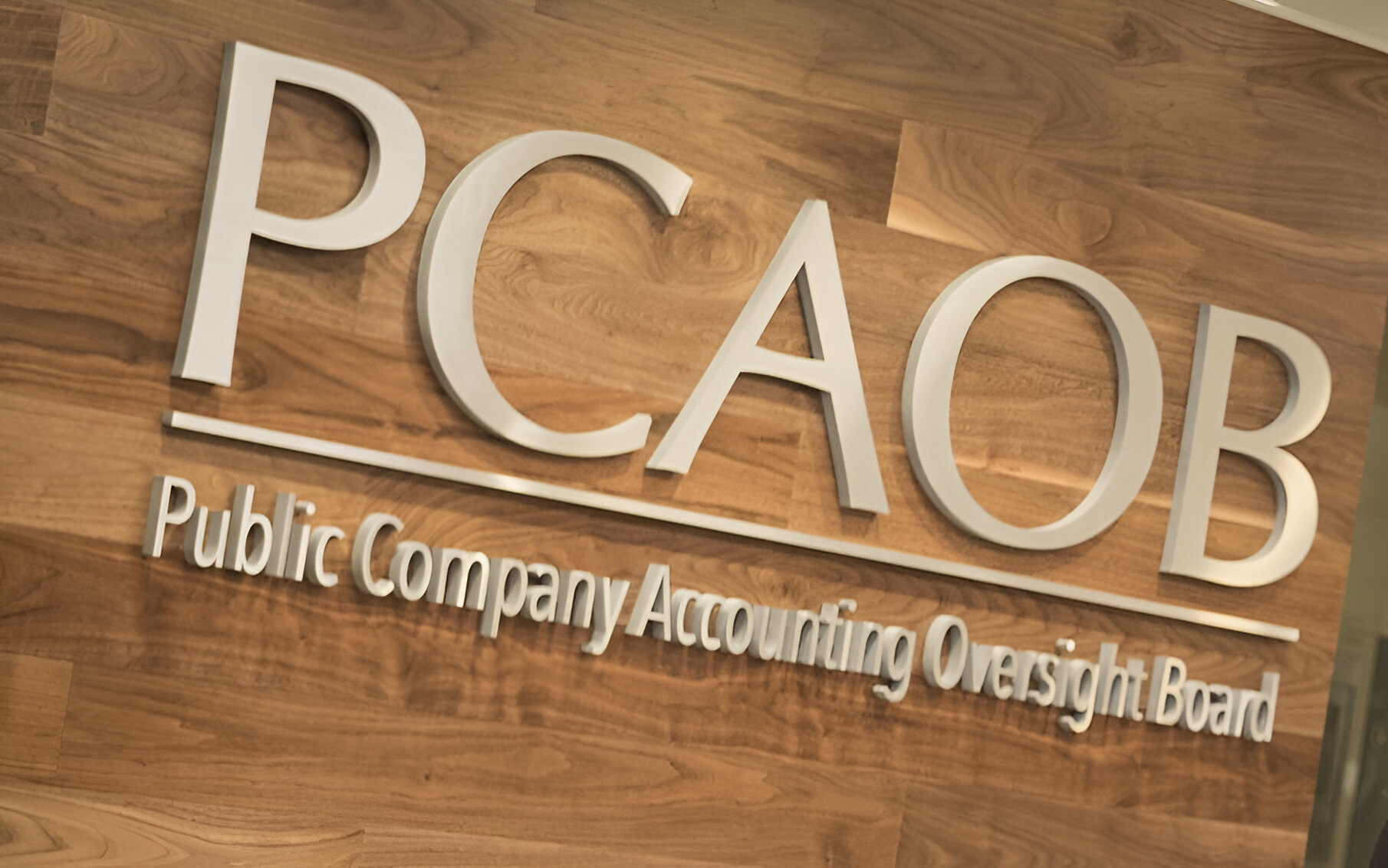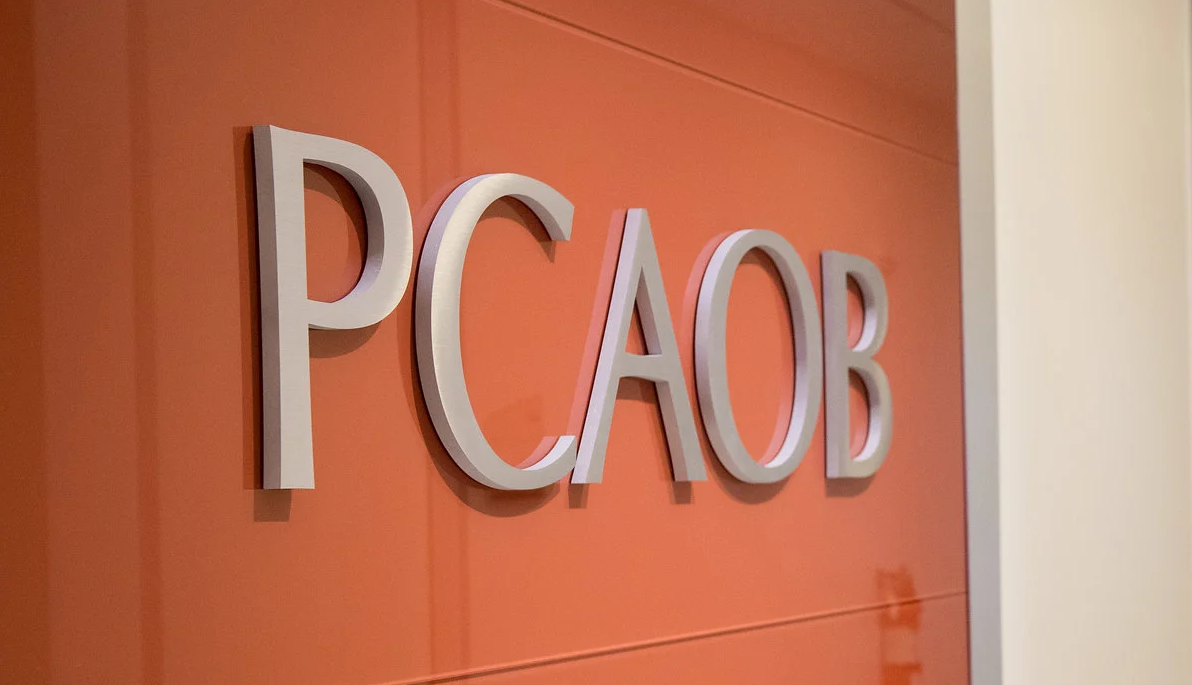We have all taken surveys, yet so many practitioners never think about using a survey as a marketing tool. Survey results grease the wheels of business services invention. The data you can gather from a well-crafted survey will feed your business with the intelligence you need to make smart service offering decisions.
Survey providers like Survey Monkey and Zoomerang are platforms that are easy to master quickly – they have nice reporting features and their membership fees are minimal. Reports can be easily downloaded and/or shared as PDF files or Excel or .CSV – very convenient for uploading to your system or manipulating however you choose. One well-orchestrated survey would give you enough data on your customers to carry you for two or more years.
Here are eight good reasons why every firm should survey their customers:
- You will know your customers better than ever before.
- You will know their wants and needs.
- You will know their current status and their future goals.
- You will know their timeline for decision-making.
- You will be better able to connect common threads such as their profession, where they live, work, professional associations, etc.
- You will learn if they are utilizing services from another provider that they could be getting from you.
- You will be able to invest resources in developing service offerings that are the best match for your best customers’ wants and needs.
- You will be able to target your advertising and marketing spend on tactics and initiatives that reach prospects who are like your best customers.
There are a few common questions to consider when it comes to building, executing and analyzing surveys. I will address them below. Feel free to send me a note if you need some help or have questions about surveying your client base.
What questions should I ask? There is a typical set of demographic questions you can ask respondents such as name, address, email address, phone number, etc. You need to determine what you want to measure and analyze; this will dictate how many demographic questions you ask. You might want to ask their place of employment, the professional associations they are members of and so on. There should be a reason for every question; the data it produces should point you in a meaningful direction.
For example, asking for a place of employment could open the door for a future discussion on providing a seminar at that business. Your best customers are likely surrounded by your best prospects. Getting in the door to present to your customer’s co-workers is a great endorsement for your firm. The same holds true for professional associations your customers belong to.
The questions you ask in the survey should be the same ones you would ask them if they were sitting with you in your office and you were working purposefully to discover their current and future needs. Do not forget to uncover how they first heard about your business – finding out where they came from will help you target and nurture your best prospect streams.
What is the best way to structure the survey to make the answers easy to analyze? Most commonly you would want to use multiple choice questions, not open essay-type response boxes. Multiple choice answers are easy to analyze because they are clear. When writing multiple choice questions and answer choices, ask yourself if some respondents might answer “No, Not Applicable or Unsure” to a question. If it is foreseeable they could answer in this way, include those as options on the list. It is also a good practice to offer an “Other” option where they are allowed to type in their response if it was not provided on your list of choices. You may have overlooked an answer choice or they might be doing something completely different that you would have never thought of.
How many respondents are needed to make the survey results valid? This number varies depending on how many customers you have. You may have hundreds, perhaps even thousands of clients. If you have 200 clients, you would want to survey at least 20, or if you have 1,000 clients or more, you would want to survey 50-100. These numbers would be appropriate if your clients are all alike.
If you have a client base that is widely varied, you would want to survey at least 10 percent of each group, if not more. Generally speaking, the more respondents you can get to complete your survey, the more valid and reliable your survey results will be – your confidence in the survey results goes up when this happens. In a perfect world every customer you have would take your survey. When I was studying to earn my PhD, I was taught that validity of survey results is measured based on 99 respondents from a specific population of one million where every person in the population was given the same opportunity to participate in the survey.
For example and simplified for the purpose of this article, if there were one million dairy farmers in California and you surveyed 99 of them, your survey results would be valid and applicable to the California population of dairy farmers. Considering this, the numbers I provided above should give you confidence in your survey results. Concerning validity, more respondents are always better.
How can I get clients to take the survey? Everyone is busy; acknowledge your respect and appreciation for their time and consideration. Personalize your message to them; most will take a survey from you because they know you and want to help.
The first step toward getting them to take a survey is to get them to open the email message from your firm. A subject line such as “Asking for your help” may work, we are all curious by nature and would respond to someone we know asking us for assistance. You might indicate in the subject line a discount on their next billing if they help (complete the survey). Offering discounts is a strong incentive.
Most importantly, you might have to ask them repeatedly to take the survey. Do not expect one email message to hit the mark. It may take two, three or more requests to get them to take action. Letting them know how much time the survey will take and how many questions are on the survey is typically appreciated; there is nothing more deflating than agreeing to take a survey and not knowing when it will end as you click through question after question.
How do I analyze the results? For starters, consider these tips:
- Group respondents by services they subscribe to, size or other variables.
- Look for common answers.
- Look for common workplaces, associations, memberships.
- Look for common pains.
- Look for service needs that present the best opportunity for your business to grow.
In closing, if this seems like too much work, call us. We are masters at this. We can help with any or all of it.
Thanks for reading CPA Practice Advisor!
Subscribe Already registered? Log In
Need more information? Read the FAQs
Tags: Accounting




